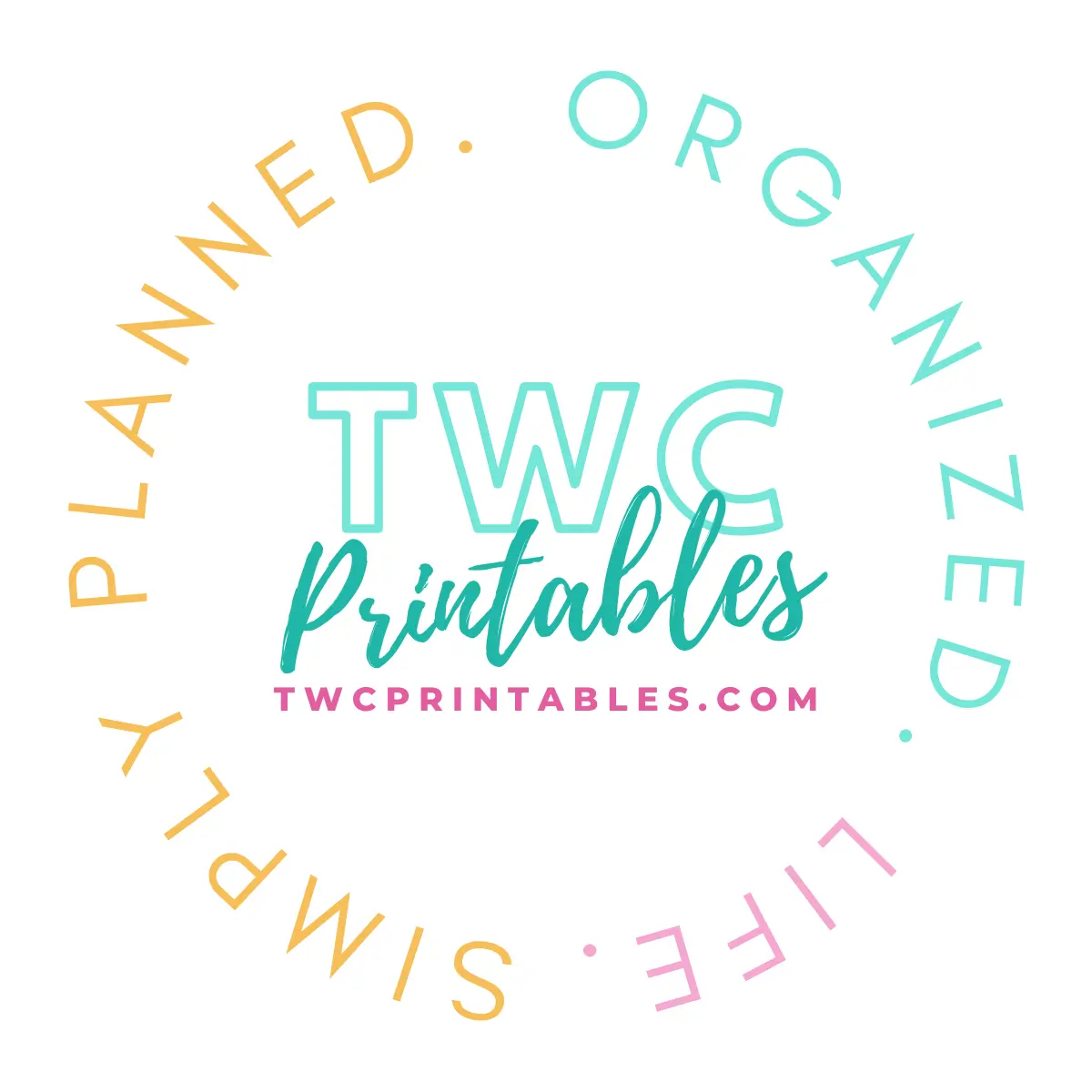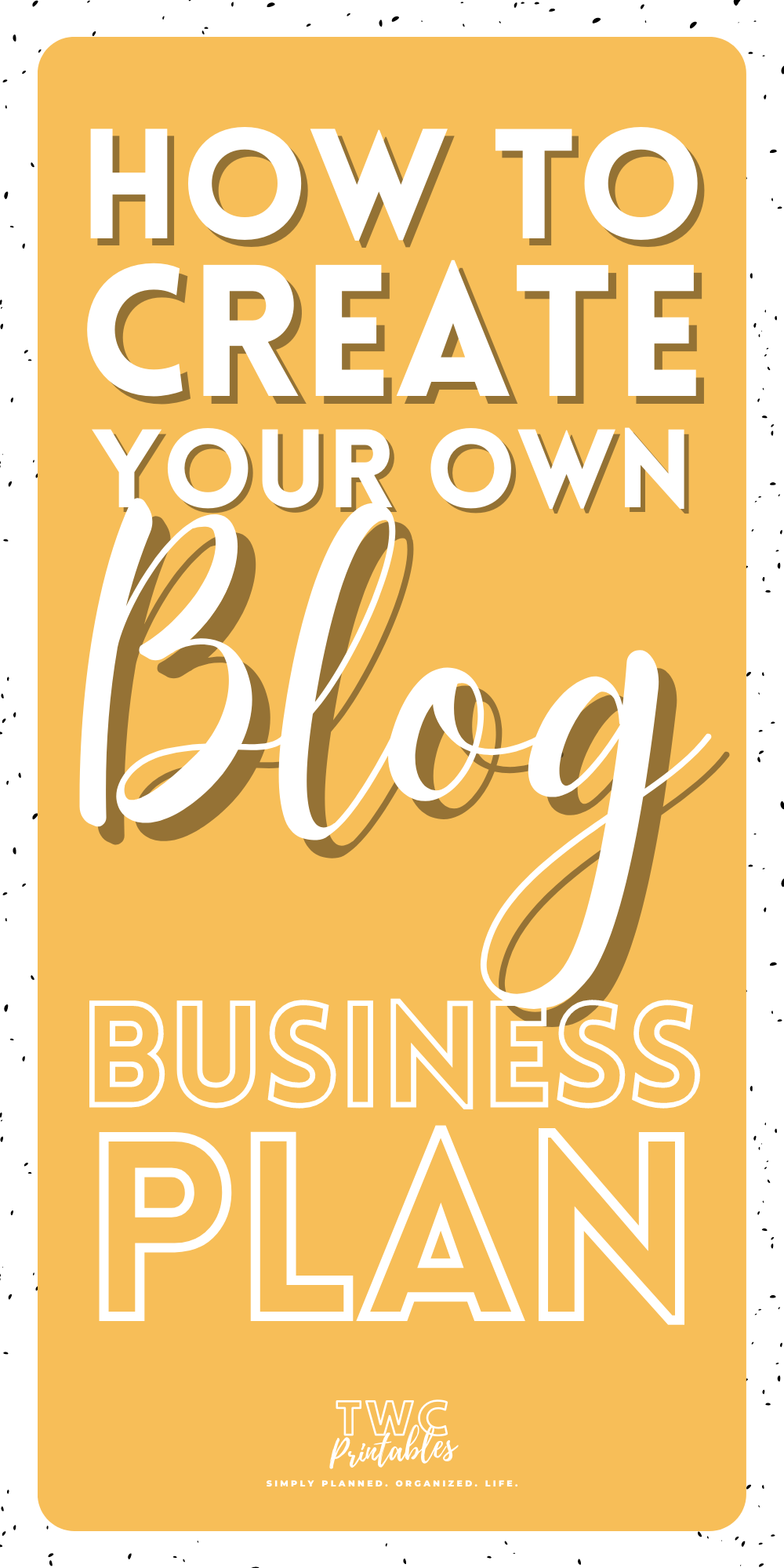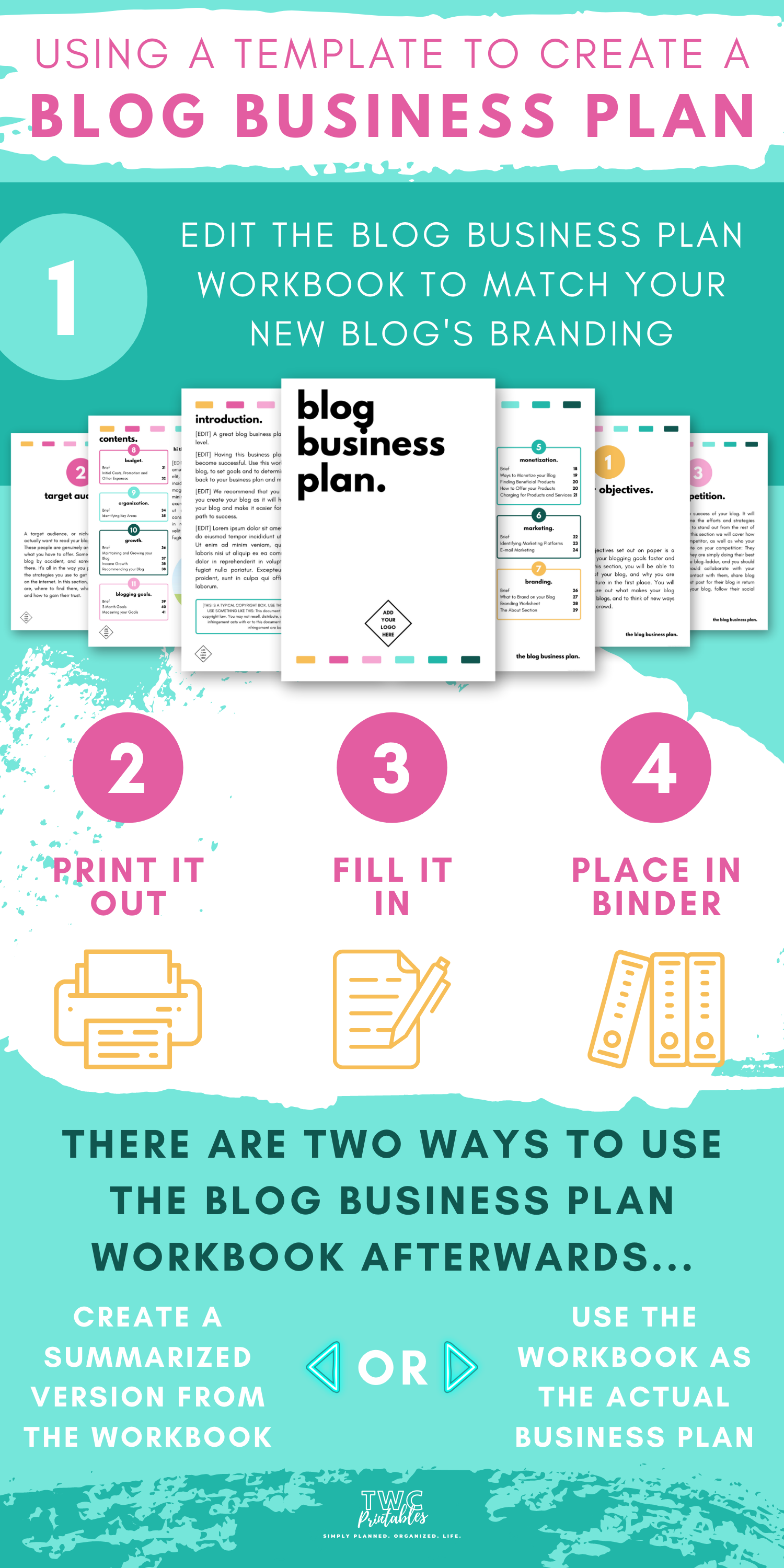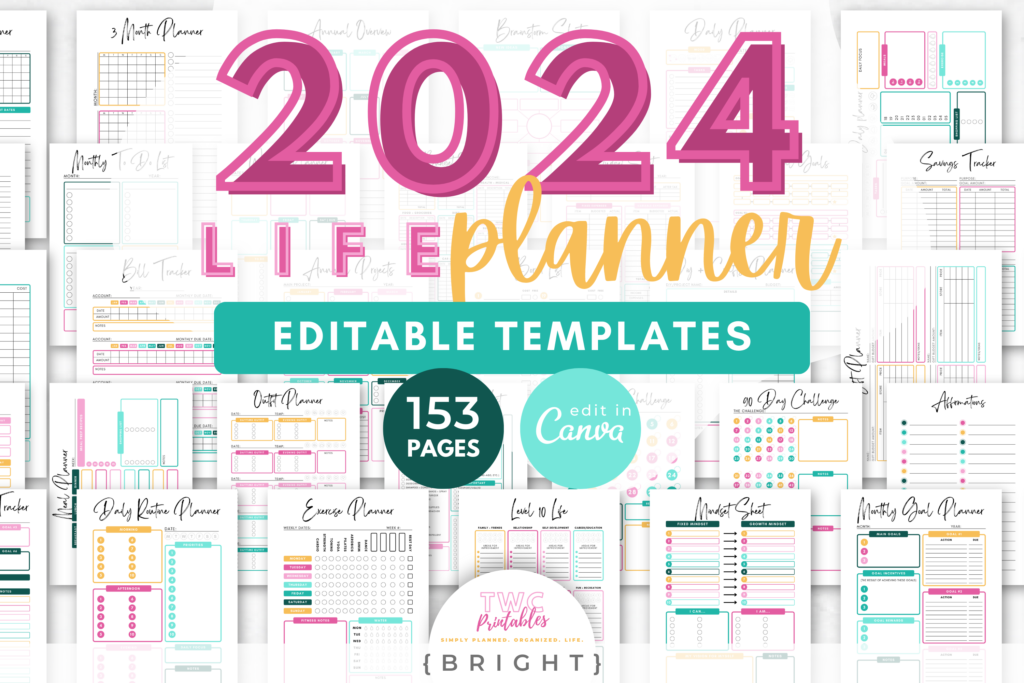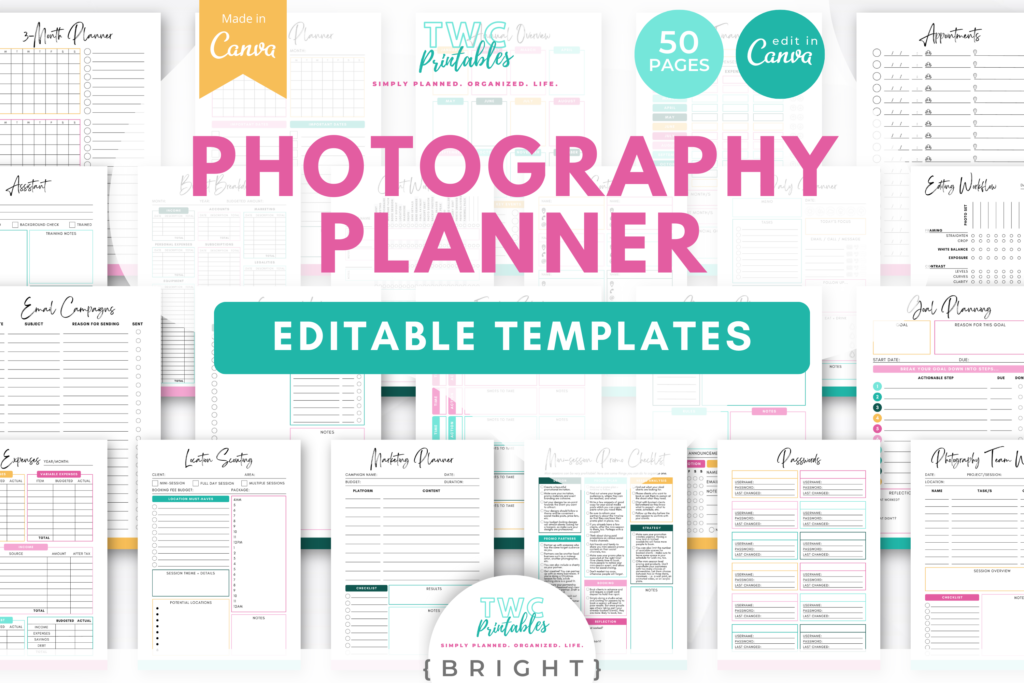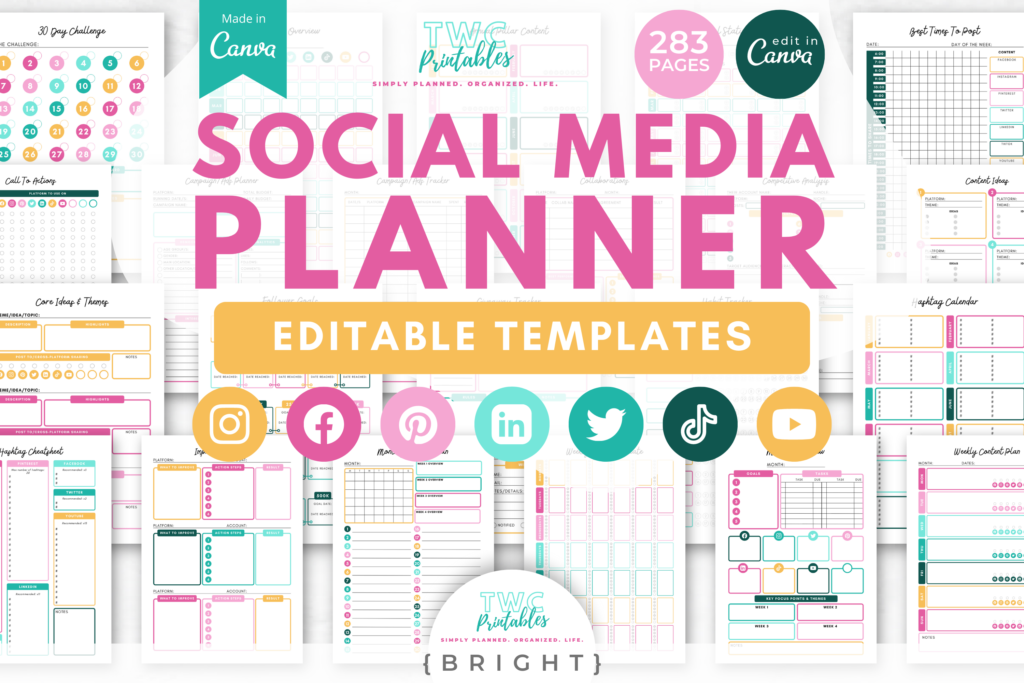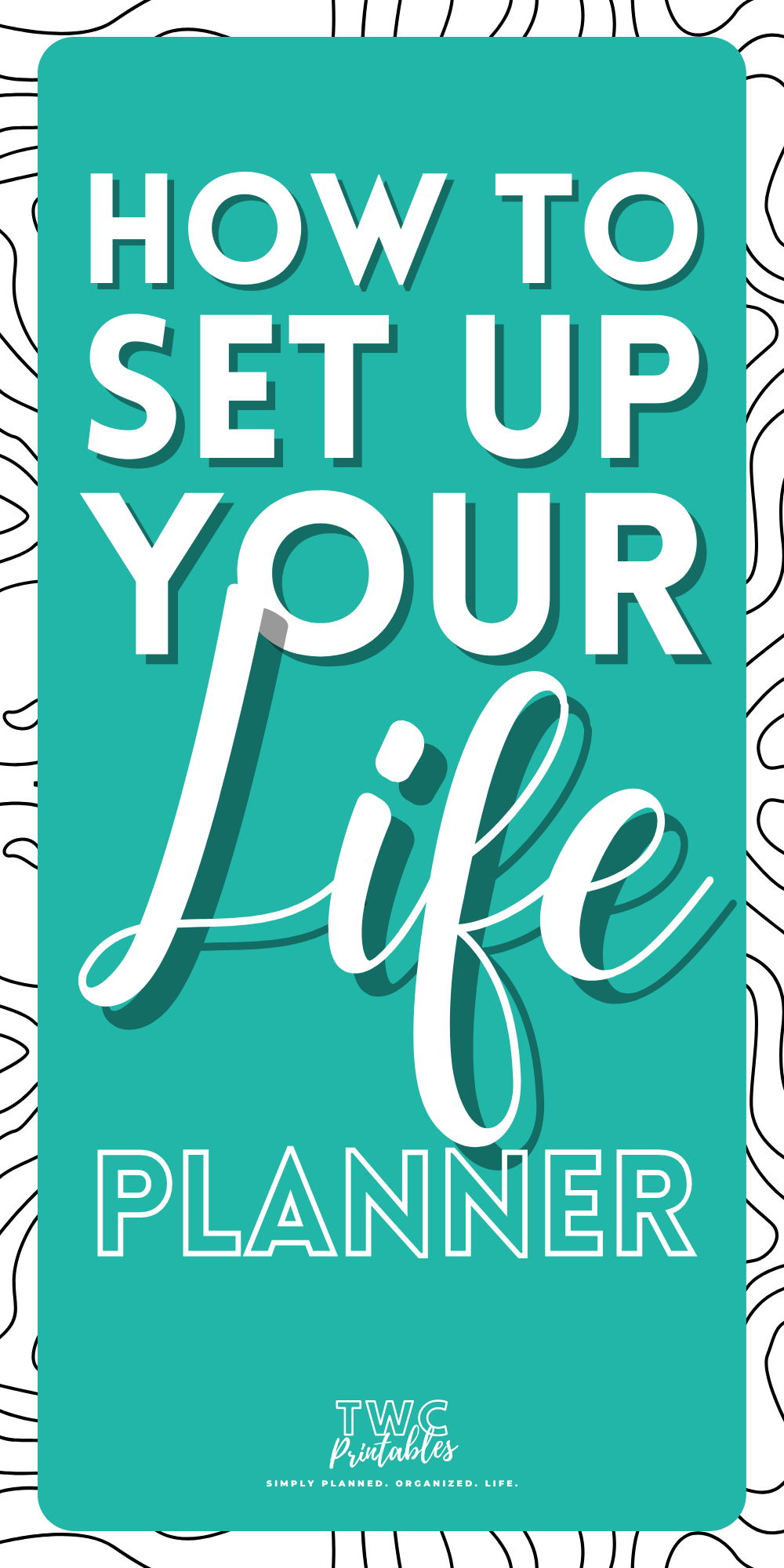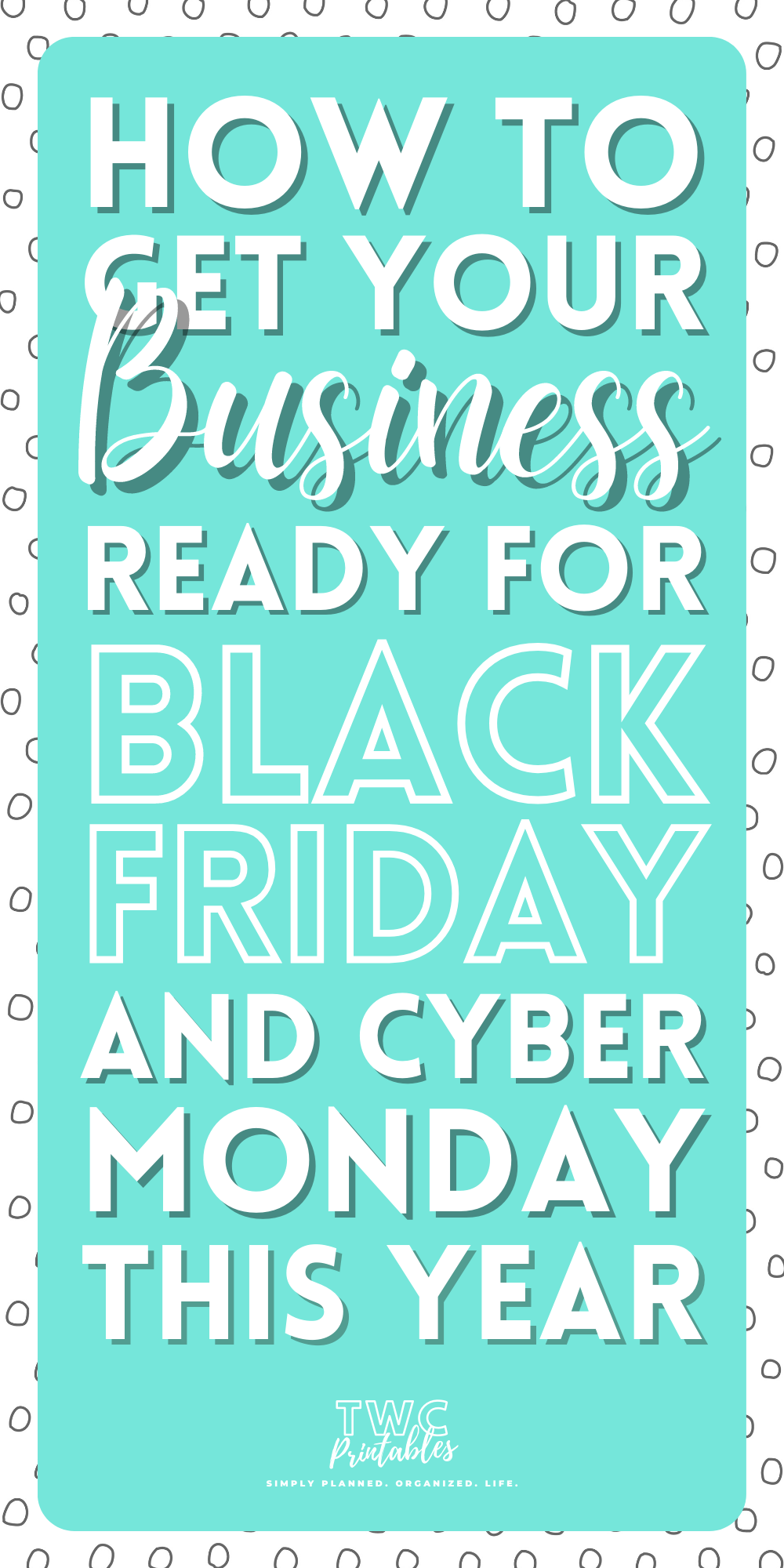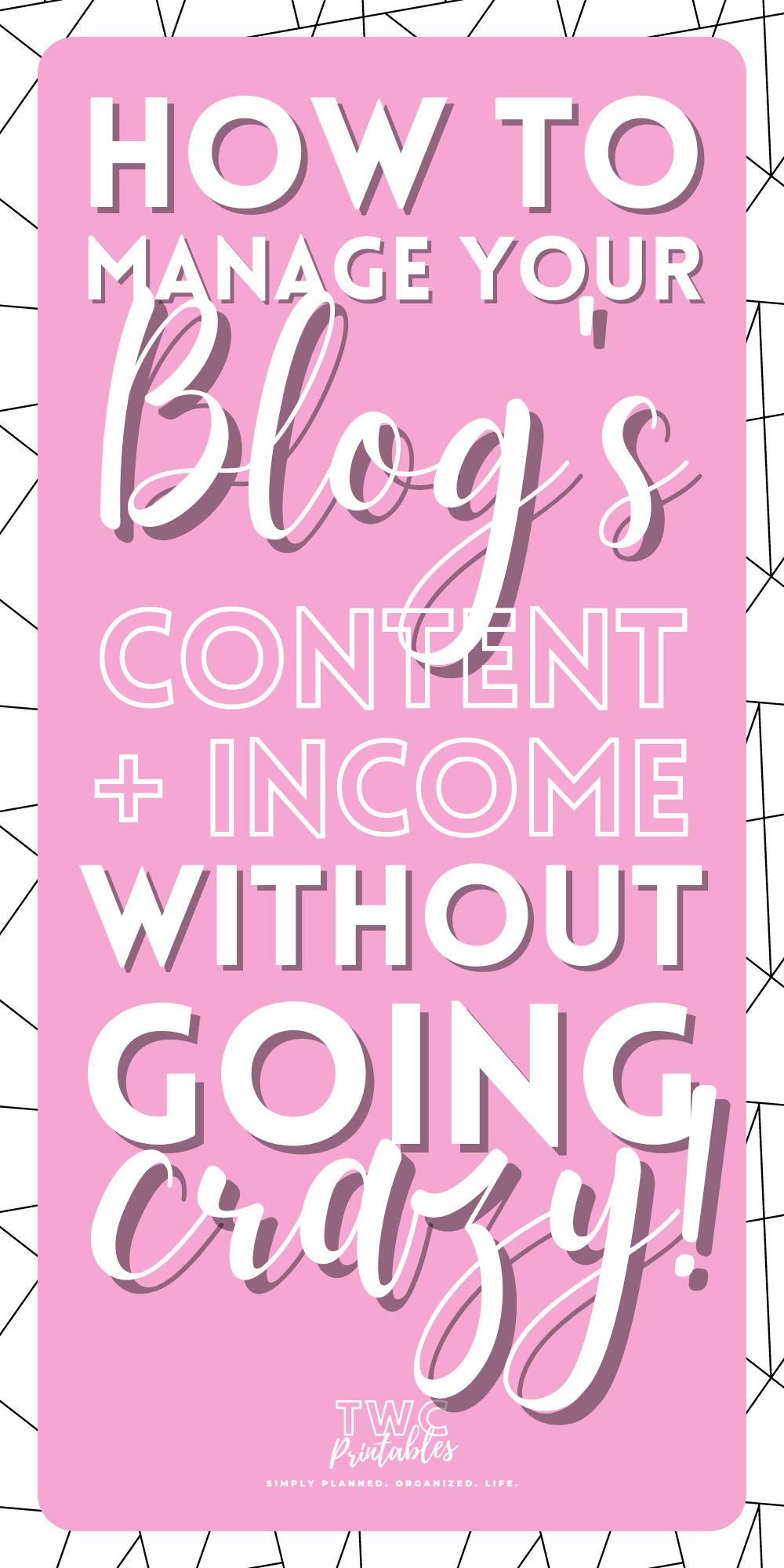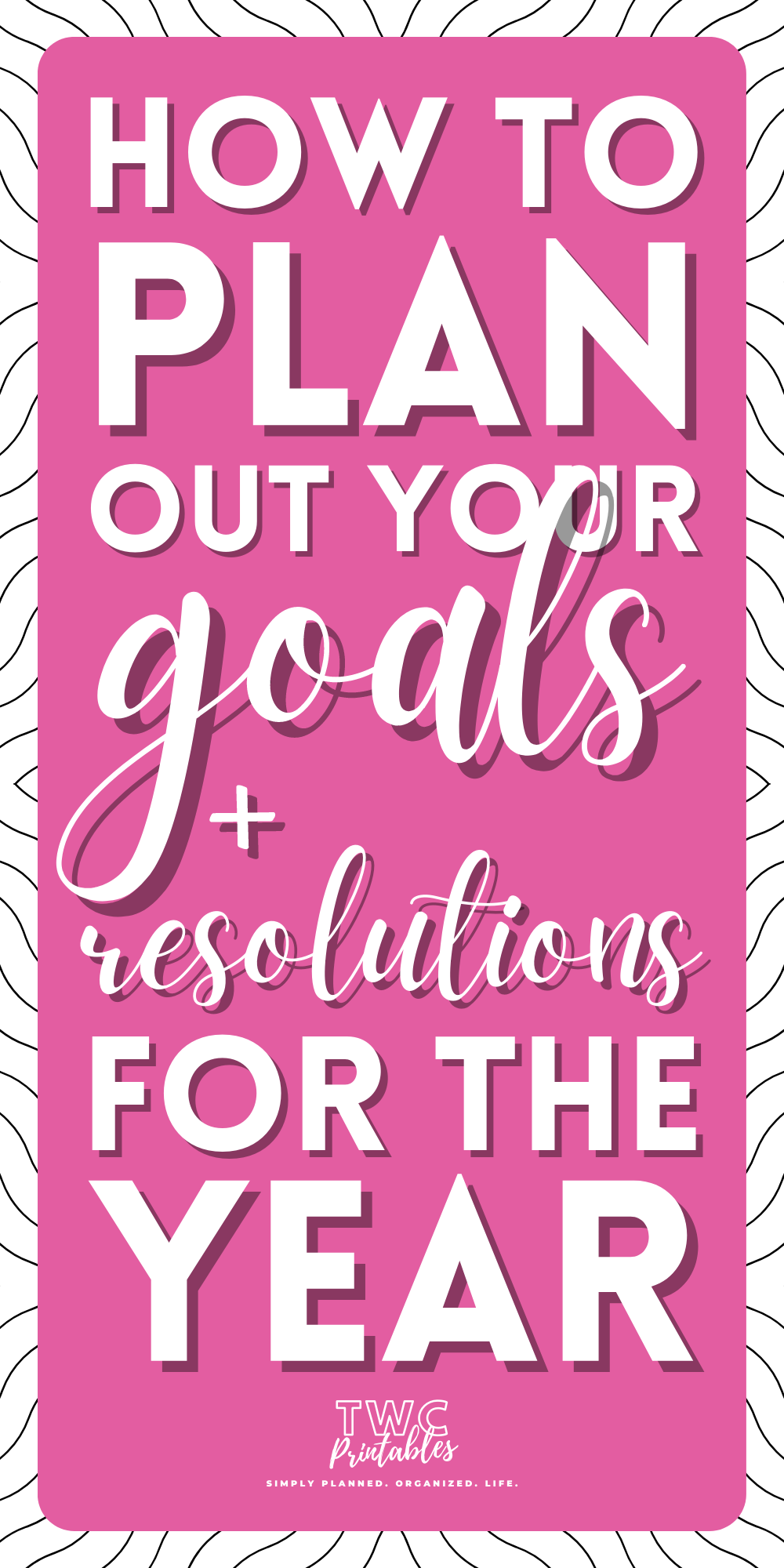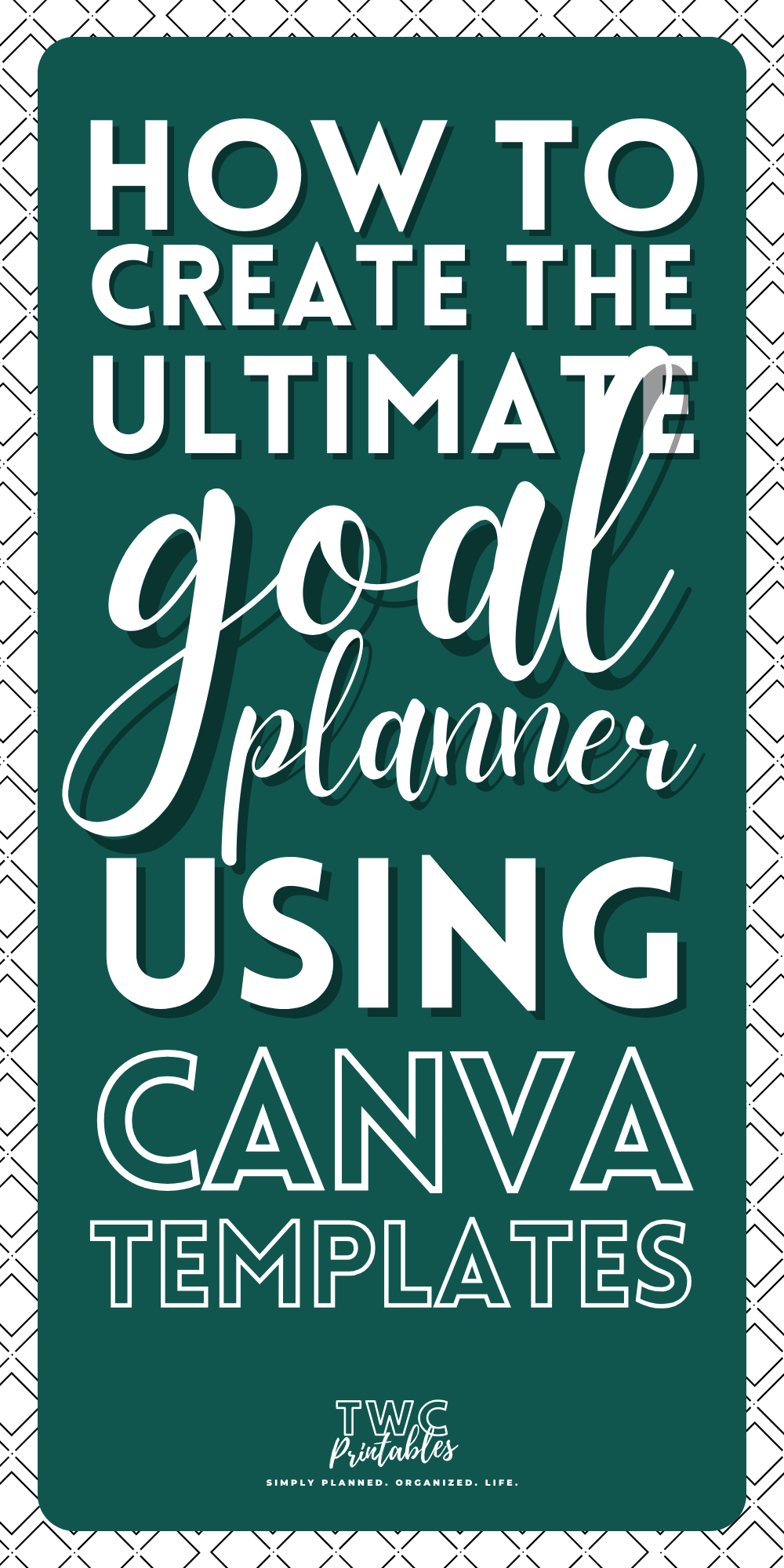Well simply put, a blog business plan will help you to have a clear vision for your blog. It will also help to set realistic blogging goals, help you to stay ahead of the competition and set effective strategies for your budget, marketing, promotion and so on…
Yes, a blog business plan can be a challenging document to set up, especially if you don’t know where to start. But, with the help of this blog post, you’ll have a decent one in place in no time!
How to Create your own Blog Business Plan
Why do I need a blog business plan?
Most bloggers just dive right into blogging without any clear plan, vision, or strategies.
And more often than not, they stop taking their blog seriously, run out of ideas and motivation for their next great blog post, and many simply give up.
The whole idea behind a blog business plan is so that this doesn’t happen to you!
Having a blog business plan will help you with the following:
- Set clear goals and a vision – this is the foundation of where your blog is headed, and thus a very important part of the blog business plan.
- Scope the competition, and find inspiration from others – obviously, you’re not going to copy anyone’s work. But you do need an idea of what is already out there, and how you can do it even better!
- Get clear on what your blog looks like, what it’s about, and who it is for – you’ll need this info so that you can focus on a niche and align with your ideal audience.
- Plan out exactly how you’ll be making money with your blog – this is the one main reason why most bloggers start in the first place – and there are many ways to go about this.
- Make more than you spend – a good blog business plan will include a budget that you can use to track your blogging income and expenses.
- Optimize your blog for growth – not just by getting more visitors, but by growing your engagement, income, content, and email list.
These Blog Planner Canva Templates will help you manage your blog like a pro! Use these Blogging Planner Templates to create a Blog Content Calendar.
What needs to be included in a blog business plan?
There is no blog business plan that is one hundred percent correct for all bloggers, so you need to make sure your plan is tailored to your specific blogging needs.
The blog planner templates which are completely editable include a blog business plan workbook to help you get started. You can also use the following list as a guideline of what to include in your blog business plan:
1. Clear aims and objectives of your blog
Having aims and objectives set out on paper is a proven way to reach your blogging goals faster and more efficiently. In this section, you need to determine the “why” of your blog, and why you are starting this new venture in the first place. You will also need to figure out what makes your blog different from others’ blogs and think of new ways to stand out from the crowd.
2. Details about your blog's target audience/niche
A target audience, or niche, is the people you actually want to read your blog or buy your products. These people are genuinely and possibly interested in what you have to offer. Some people will reach your blog by accident, and some will intentionally go there.
It’s all in the way you promote your blog and the strategies you use to get your content out there on the internet. In this section, you need to discover who they are, where to find them, what to promote to them and how to gain their trust.
3. Your blog's competitor analysis
This will determine the success of your blog. It will also help you determine the efforts and strategies you will have to put in to stand out from the rest of the blogs out there. In this section, we will cover how you can identify a competitor, as well as who your competitors are.
A note on your competition: They are not your enemies! They are simply doing their best to get to the top of the blogging ladder, and you should too. In fact, you should try to collaborate with your competition – make contact with them, share blog posts, ask to do a guest post for their blog in return for a guest post on your blog, follow their social media, etc.
Tip: To make things easier, I have designed a blog business plan workbook that can help you set up each section – complete with questions, tips, and worksheets. It is fully editable and comes as an added bonus to the blog planner templates!
4. A blog inspiration section
To stay motivated and to push through with your blog, you need to constantly be inspired with new ideas to stand out from the rest. As with writing a book, you find yourself in frequent “writer’s block” situations. It is quite handy to have an inspiration list at hand for whenever this happens. In this section, you will determine who / what inspires you and why, and also where to locate your inspiration.
5. Your blog's monetization strategies
I’m including this section because most people want to monetize their blog and make it a stream of passive income. If you are simply starting a blog for passion, and not for profit, just skip this section.
In monetizing your blog, there are plenty of products and services to sell, including physical and digital products.
You can also monetize your blog by including affiliate links and ads in your blog posts. In this section, you can include ways to monetize your blog, beneficial products, how to offer products, and how to charge for products and services.
6. Strategies for marketing and promoting your blog
Marketing your blog is all about how you are going to get your content in front of your audience. In this section, include which platforms to use to promote your content. Determine your e-mail marketing plan and how much you are willing to invest in your blog’s marketing.
These Blog Planner Canva Templates will help you manage your blog like a pro! Use these Blogging Planner Templates to create a Blog Content Calendar.
7. Blog branding strategy
Branding is the “look and feel” of your blog. And it can truly make or break your brand new venture – so make sure you put some effort into this section, no matter how small of a factor you think it is.
A tip for branding your blog: when you’re stuck in choosing your branding, go to Pinterest and research your blog’s niche/topic.
Save only the pins you like to a specific board. Afterward, have a look at your pins and try to find similarities in them – colors, type font, design style, layouts, images, and so on. This should help you to make the branding process go smoother.
Tip: To make things easier, I have designed a blog business plan workbook that can help you set up each section – complete with questions, tips, and worksheets. It is fully editable and comes as an added bonus to the blog planner templates!
8. Blog budget
Every Business Plan has a budgeting section. And that includes the Blog Business Plan, too. Your budget is such an essential part of your blog because it will help you not go bankrupt before you have even started!
Use this section to simply map out what you have in mind for your blogging budget. Create a spreadsheet with columns for your expenses and income, and include it here.
9. Blog organization
To achieve success, you should treat your blog like a business. And an organized business makes it easier to reach goals and complete projects, which leads to more success. You have to find a way to keep organized when having a blog.
In this section, you should be able to identify areas of your blog that need regular organization. This is not just admin. It also includes marketing, finances, schedule, social media, etc. The best way to stay organized is by creating a blog binder for yourself.
10. Blog growth strategies
It’s all great when you have a well-maintained, up and running blog. But you will have to grow your blog constantly to keep up. Growth can be achieved in many different ways – you need to put a growth plan in place.
And remember: always reflect on the growth of your blog so that you know where to improve and how to set realistic goals for yourself.
Another workbook is included in the blog planner templates: The fully editable blog growth workbook! Map out where you’re already focusing on your blog to get results, and where you can improve to promote more growth – areas include engagement, income, traffic, email list, and more…
11. Blogging goals
How will you know if you are making progress with your blog if you don’t set any goals and achieve them? Having blogging goals in place is essential to growing your blog in the right direction and can help you to grow in all areas. In this section, include all your short-term and long-term blogging goals.
Remember, you can always come back and set new goals for yourself, or modify the ones you already have in place.
Tip: To make things easier, I have designed a blog business plan workbook that can help you set up each section – complete with questions, tips, and worksheets. It is fully editable and comes as an added bonus to the blog planner templates!
How do I create my own blog business plan?
There are two ways for you to create your own blog business plan. You can either go back to the previous section of this post and research each area of what to include in your plan.
Or, you can use a blog business plan workbook, like the one I have included in the blog planner templates, to edit and create your own. It already has everything you need to guide you with each section, so simply just edit it to your style, print it out, and fill it in! Easy peasy!
Using templates to create a blog business plan...
So, how do I use the blog business plan workbook for my blogs?
First, I edit the blog business plan workbook to match my new blog’s branding (if I have already identified colors, branding, created a logo, etc.)…
Next, I print it out and fill in the details of each section, afterward place it in a binder made for that specific blog – yup, each blog has its own binder where I include the business plan, but also schedules, projects, checklist, and other things!
Finally, it’s easy to compile a summarized version of my blog business plan if I want, based on what I have written in the workbook – though I usually leave it as is and use the workbook as the actual business plan.
The reason for this? It gives me some perspective on each section as I go through the questions asked and what prompted me to write certain details.
Create your own blog business plan PDF
After you have edited the blog business plan workbook (included in the blog planner templates) to your liking, you can create your own blog business plan PDF to save to your computer or print out.
These Blog Planner Canva Templates will help you manage your blog like a pro! Use these Blogging Planner Templates to create a Blog Content Calendar.
